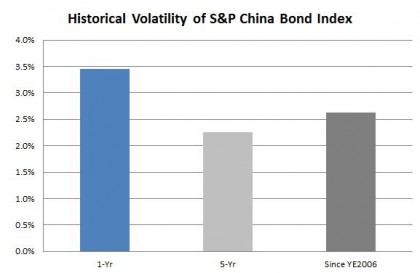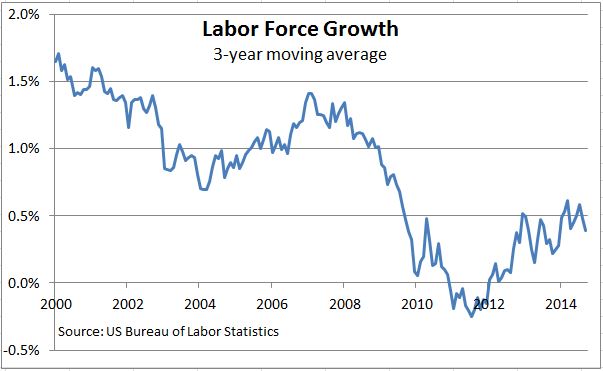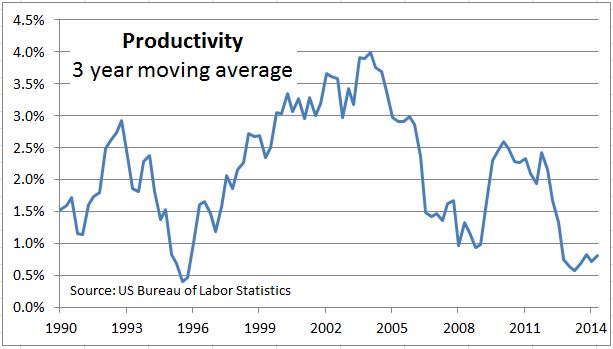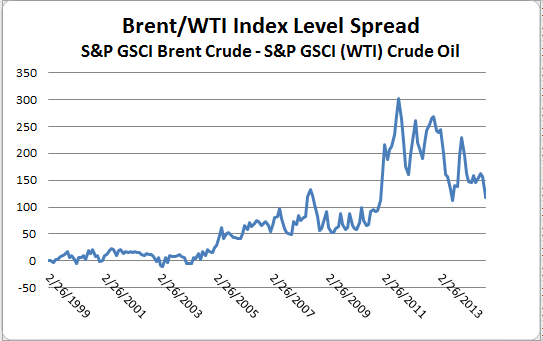Through some simplifying assumptions, modern portfolio theory equates risk with volatility. In many cases, it is a “good enough” approximation: higher volatility indicates a greater probability of larger realized losses. But it also indicates a greater probability of larger realized gains. Most investors, however, are risk averse, meaning they are willing to give up some of their potential return to protect against potential losses (it’s why we diversify in the first place).
In and of itself, price variability is not the manifestation of riskiness, but rather a signal of uncertainty. Volatility is an indication that the market is having difficulty reaching a consensus on a forecast of future events, their probabilities, and their impacts.
While volatility can often serve as a proxy for risk, it does not necessarily capture all risks. In buyouts, the target’s stock price will jump towards the offer price and volatility will frequently dry up. The uncertainty of the deal is not measured in the volatility of the stock price, but rather in the discount of price relative to the offer. Considerable jump risk still exists; the lack of volatility is just an indication that the market agrees on the probability of the buyout occurring. So low volatility may not imply low risk.
Higher volatility does not necessarily imply higher risk, either. Consider a highly innovative company, making progress in leaps and bounds, versus a staunch, entrenched business with incremental growth. Certainly the first will be more volatile, as the latter is more predictable. But which do we think is more resilient in the face of sweeping industry change?
The appropriateness of volatility as a proxy comes down to how we define risk. In Rethinking Risk[1], Javier Estrada states,
“[I]nvestors that focus on uncertainty are likely toview stocks as riskier than bonds, and those that focus on long–term terminal wealth are likely to view stocks as less risky than bonds even if they are concerned with tail risks.”
In stark contrast to this study, a recently released white paper from UBS[2] shows that millennials have, on average, only 28% of their portfolio allocated to stocks. This risk-averse position may be a structural shift in behavior due to long lasting impacts of prior recessions – and may represent a real risk in long-term wealth creation for this generation.
Despite all these varying manifestations of risk, portfolio construction frequently takes the purely mathematical view and considers only volatility. This can lead to portfolios over-allocating to assets whose risks do not materialize as high volatility levels or under-allocating to assets whose high volatility levels are not indicative of risk.
How to appropriately measure risk will depend on the definition of risk, which will in turn depend on the context and investor’s objective. As more “risk managed” strategies make their way to market, investors should ask, “which risk?” and quickly follow with, “and how is it measured?”
Risk is a complex topic. In an upcoming panel discussion (S&P Dow Jones Indices Financial Advisor Forum in New York City tomorrow), we’ll be looking to take a deep dive on the topic, hopefully starting with the deceptively simple “what is risk?” and moving on to more complex topics, including ways in which we can measure and manage it.
[1] http://ssrn.com/abstract=2318961 or http://dx.doi.org/10.2139/ ssrn.2318961
[2] UBS Investor Watch report 1Q 2014
The posts on this blog are opinions, not advice. Please read our Disclaimers.




















































